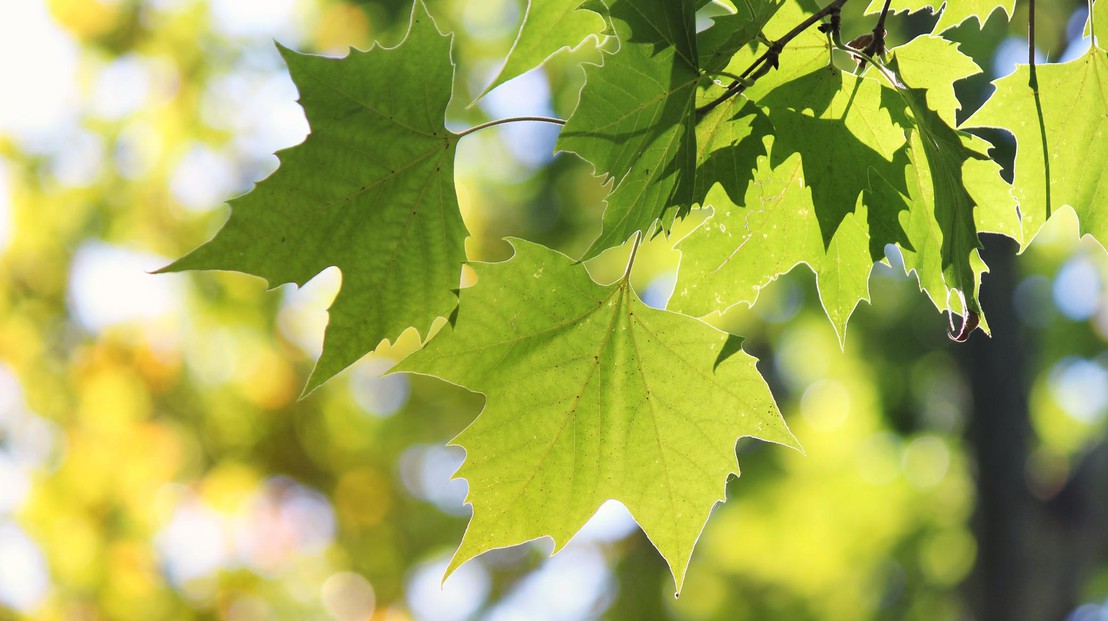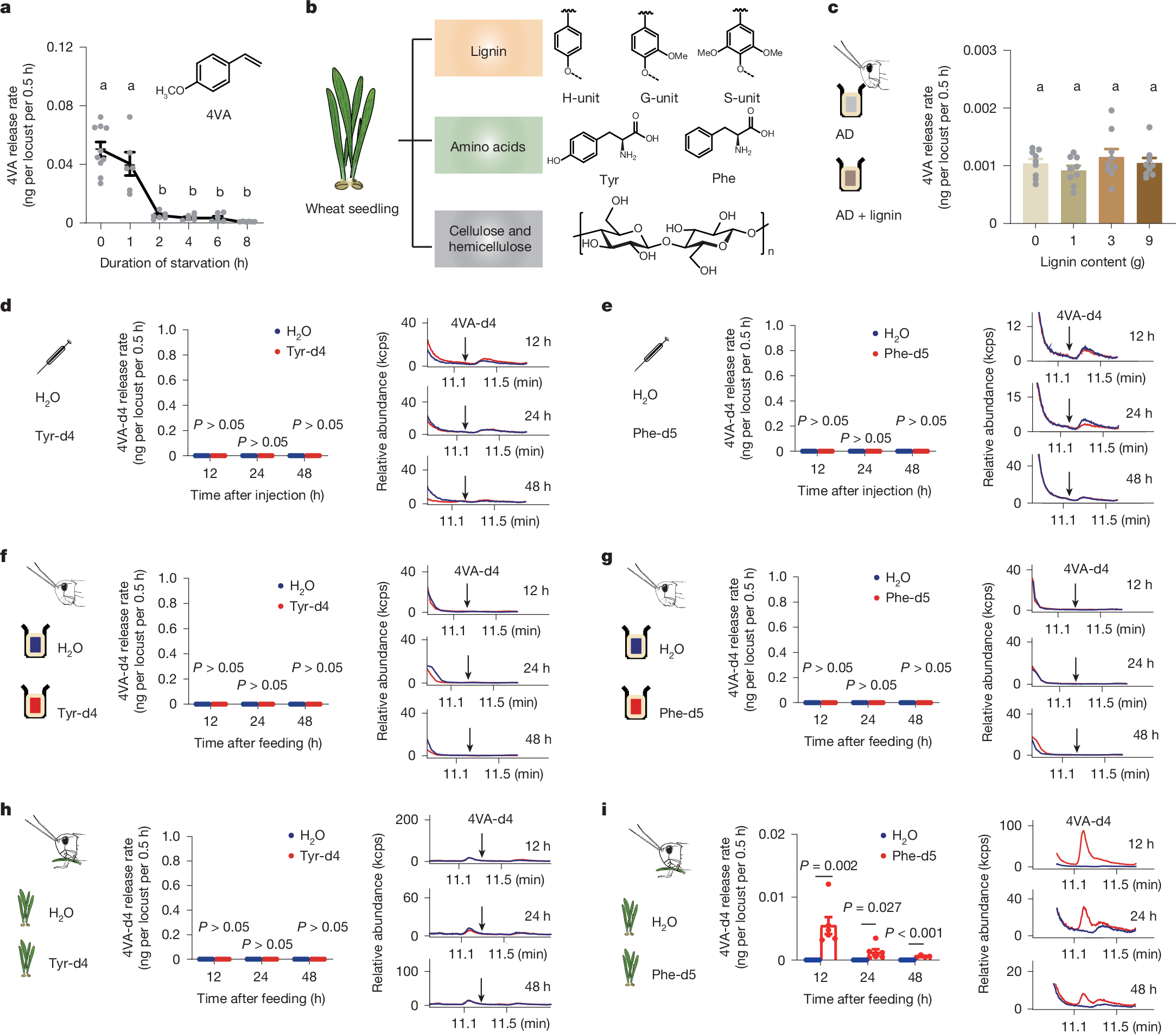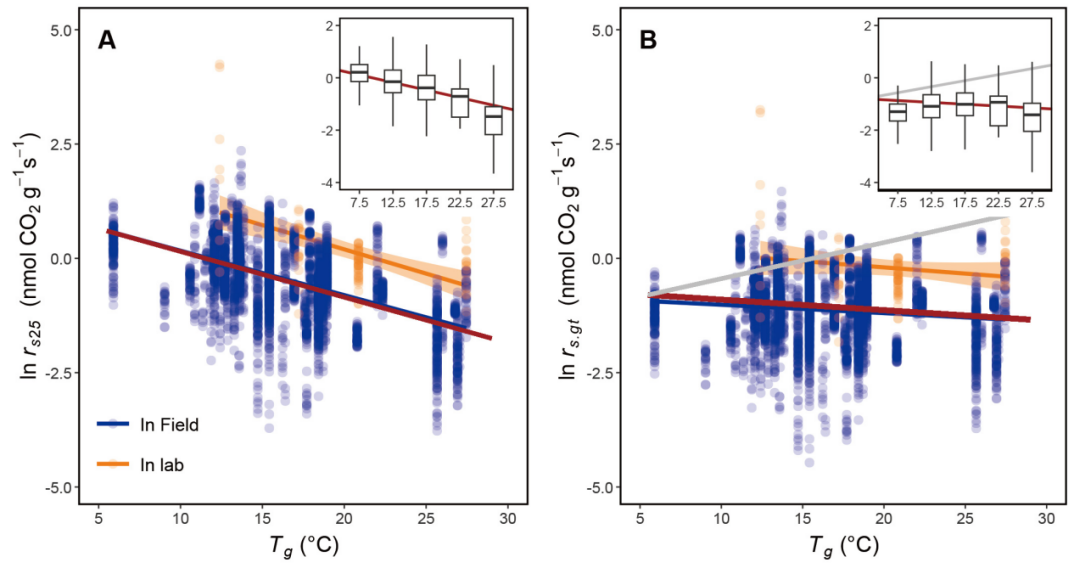2025-06-27 スイス連邦工科大学ローザンヌ校(EPFL)

A test was carried out on eight plane trees. © srdjan111 / iStock Photos
<関連情報>
- https://actu.epfl.ch/news/city-trees-provide-cooling-even-in-extreme-heat-3/
- https://www.dora.lib4ri.ch/wsl/islandora/object/wsl%3A40264
異常な夏の熱波にもかかわらず、都市樹木による高い蒸散冷却効果
High transpirational cooling by urban trees despite extreme summer heatwaves
Bachofen C, Peillon M, Meili N, Bourgeois I & Grossiord C
Urban Forestry and Urban Greening Published:2025
DOI:https://www.dora.lib4ri.ch/wsl/islandora/object/wsl%3A40264
Urban trees cool their environment by shading and transpiration (latent heat, LE), thereby alleviating urban heat. LE may be critically reduced during heatwaves, when trees reduce stomatal conductance (gS) to prevent hydraulic dysfunctions. Recent observations indicate that gS may still be maintained during heatwaves, but implications for urban heat stress mitigation remain elusive. We recorded sap flow on eight Platanus x acerifolia trees in Geneva to assess LE during 2023, which had two record-breaking summer heatwaves. We repeatedly assessed leaf water potentials at pre-dawn and midday (Ψpre, Ψmid), gS, and leaf, canopy, and ground surface temperatures in shaded and sunlit parts (Tleaf, Tcan, Tsurf). Using ecohydrological modelling (UT&C), we determined the energy budget of the urban square and assessed whether LE and gS predictions match measurements. Despite air temperatures (Tair) reaching 39.1 ºC, trees continued transpiring up to 37.1 kg h-1 (LE of 25.3 kW). LE was similar during heatwaves (Tair > 30 ºC) as during cooler periods and compensated approximately 33.3 % of the urban heating by solar radiation (RS). In contrast, the model predicted a higher decrease of gS, and LE to 22.8 % of RS during heatwaves, thereby underestimating actual tree cooling. Despite unprecedented heatwaves, Platanus x acerifolia trees efficiently cooled the urban environment. Measured LE largely surpassed model estimations during heatwaves, hence actual cooling effects of urban trees during heatwaves might be considerably underestimated by current predictions with common stomatal models. Cities with intermittent heatwaves may thus continue to rely on vegetation cooling by transpiration, but further research is needed to determine the best suited tree species to optimise the cooling effect.



